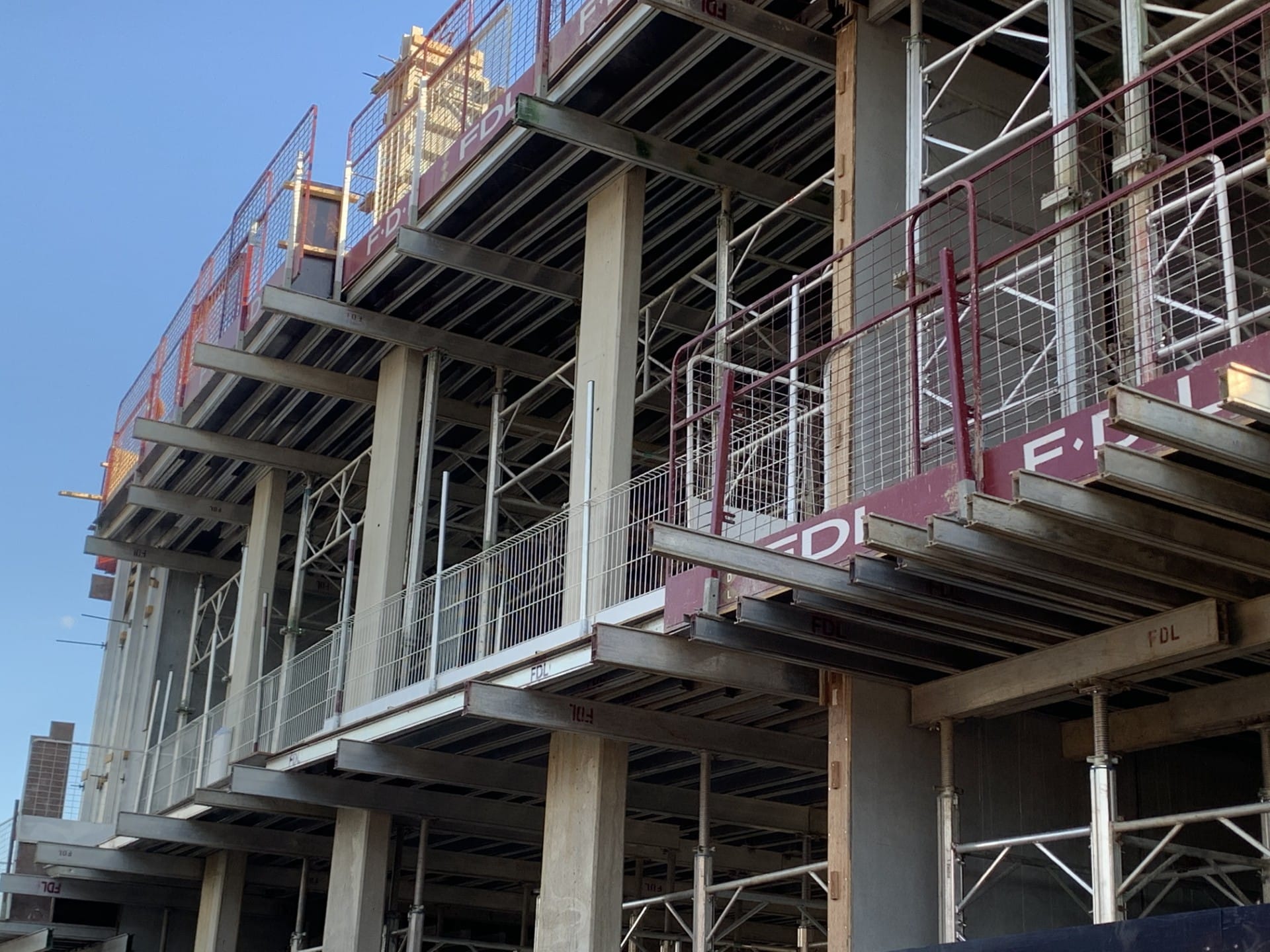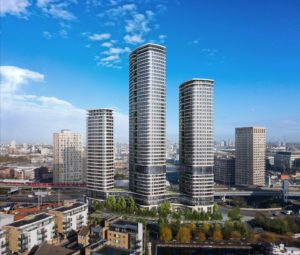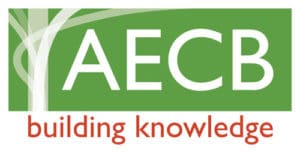Concrete is the world’s second most consumed material, just behind water. But while we’re familiar with its strength and versatility, fewer appreciate its environmental impact. Alarmingly, cement production alone contributes around 8% of global CO₂ emissions, making it one of the built environment’s largest carbon offenders. For architects striving to build sustainably, this is more than a statistic; it’s a design challenge and an opportunity.
Read on for our guide on the carbon footprint of concrete, and ways that we as an industry can tackle it.
SAVE FOR LATER: ENERGY EFFICIENCY TRENDS FOR 2025
The carbon story behind concrete.
Let’s unpack why concrete carries such a hefty carbon footprint:
- Calcination emissions: Heating limestone (CaCO₃) in kilns at ~1,450 °C breaks it down into lime (CaO), releasing nearly one tonne of CO₂ per tonne of cement produced.
- Fossil-fuelled kilns: Massive heat requirements are met with coal, gas, or oil, amplifying emissions further.
- Scale of use: With roughly 4.2 billion tonnes of cement produced annually, these emissions stack up fast.
Fortunately, the concrete industry is responding. Here are some of the most promising developments:
1. Low-clinker mixes (SCMs & LC³)
By blending cement with supplementary cementitious materials – like fly ash, slag, calcined clay (LC³) – you can reduce clinker content by 30–50%, slashing emissions accordingly. Enhanced LC³ mixes can cut embodied carbon by approximately 40%.
2. Mineral-based cement alternatives
- Cemonite: Utilises titanium dioxide by-products, eliminating limestone entirely.
- Recycled/electric-furnace cement: Processes demolished concrete using electric arc furnaces on renewable energy, recovering carbon and avoiding traditional emissions.
H3: 3. Algae and bio-cement
Early-stage yet promising, bio-cement uses carbon-storing algae to create binder materials, potentially transforming concrete into a carbon sink.
What this means for architects.
For architects working at the intersection of design, performance, and responsibility, the carbon footprint of your materials is a reputational and strategic decision. Clients and investors are placing increasing weight on ESG performance, and buildings with high embodied carbon are fast becoming a liability.
In parallel, regulatory momentum is building: the UK is actively developing carbon caps and embodied carbon reporting requirements, meaning today’s voluntary choices could soon be tomorrow’s compliance standards.
But this shift isn’t just about pressure: it’s about possibility. Low-carbon concrete alternatives are scaling rapidly, with cost parity on the horizon as supply chains catch up. Early adopters are already gaining traction; not just in emissions savings, but in market visibility, innovation leadership, and long-term cost resilience.
Your specification choices significantly shape a building’s embodied carbon. Some often overlooked, but critical, points to consider:
- Choose low-carbon cement: LC³, fly-ash/slag blends, or recycled cement can make a 30–50% CO₂ saving.
- Design with efficiency: Reducing concrete volume via slimmer slabs or optimised structures can cut emissions by ~20%.
- Ask suppliers the right questions: How much SCM is in your mix? What fuel powers your kiln? Do you track transport emissions?
- Plan for circularity: Consider designs for deconstruction and recycled aggregate use, closing material loops.
In short, sustainable concrete isn’t just better for the planet… It’s better for business.
Your 4-point strategy
- Specify low-carbon cement: LC³, slag, fly-ash, or recycled mixes.
- Optimise design efficiency: Slim structures = less material, lower emissions.
- Audit supply chain: Source transparency builds trust and verification.
- Design for end-of-life: Prioritise recycled aggregate & deconstructability.
Ready to reduce your concrete carbon?
If you’re spec’ing concrete for your next project and want to understand embodied carbon or BREEAM compliance, we’re here to help.
Schedule a sustainability call and we’ll guide you through embodied-carbon reporting, low-carbon concrete options, and structural innovation. Together, let’s design for a better future – with lower carbon footprints and lasting impact.




















